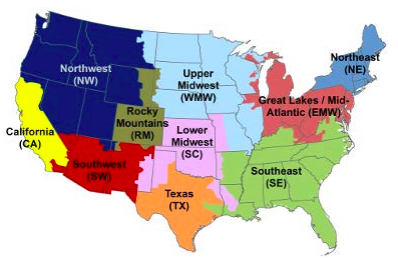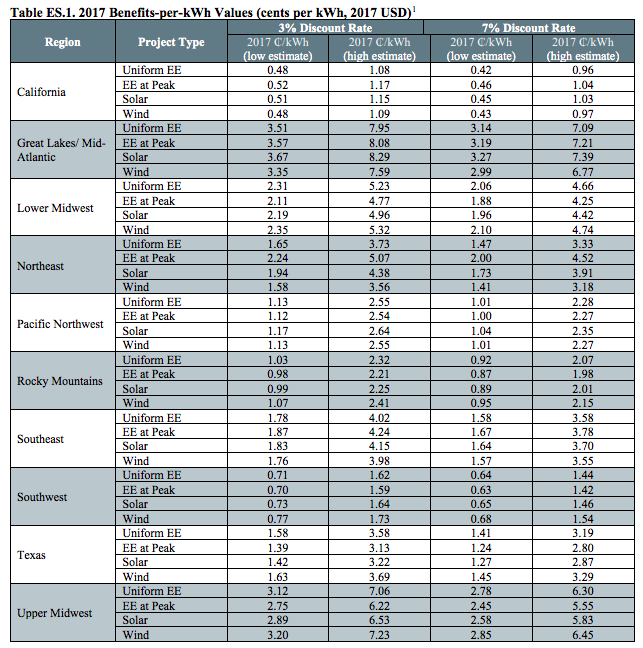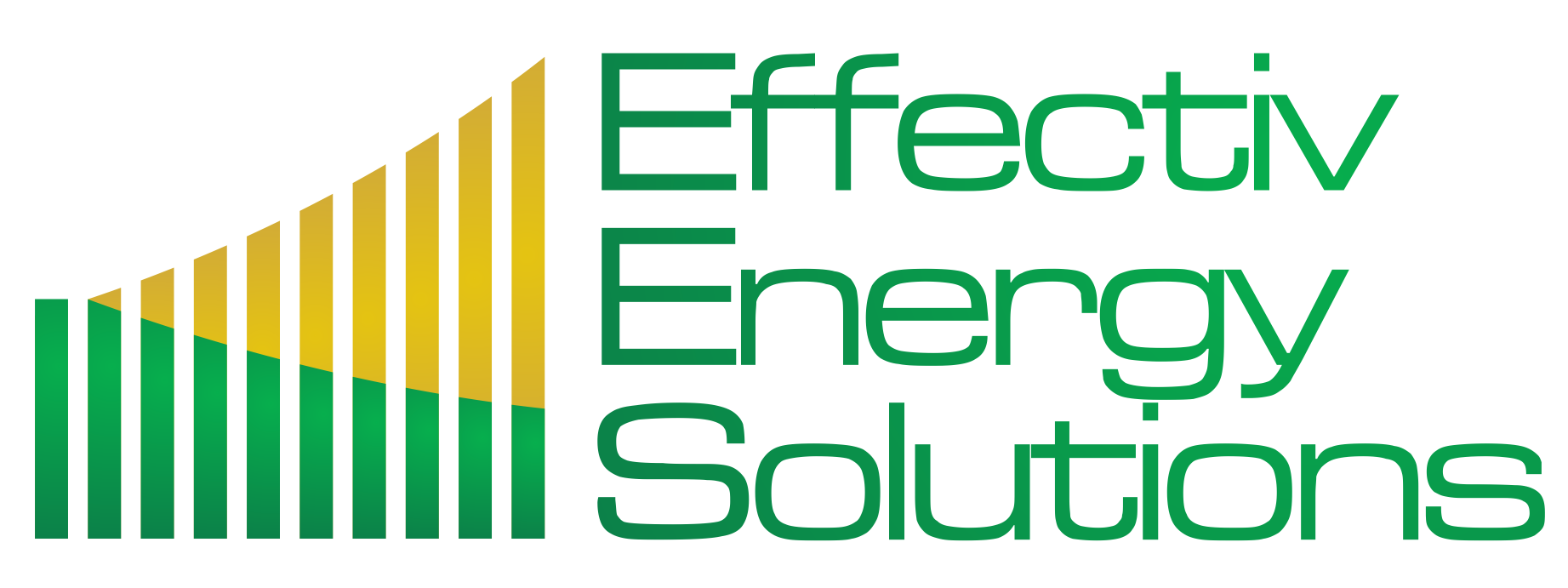The Environmental Protection Agency (EPA) recently published a technical report highlighting the health benefits of energy efficiency and renewable energy projects (EE/RE). This July 2019 report quantifies the health benefit of cleaner, healthier air by monetizing it in cents per kilowatt hour (kWh).
The direct financial benefit to owners of EE/RE projects, such as money saved on utility bills, has long been clear; however, government officials and policy makers have anxiously awaited a comprehensive set of values that estimate the monetized public health benefits of such projects across all regions of the United States.
“What this report confirms is that energy efficiency is saving much more than just dollars and cents on your utility bill. It’s giving us cleaner air and improved health, and that is delivering huge economic benefits," explains Jason Hartke of Alliance to Save Energy. "Too often we are not taking those benefits into account when making decisions, particularly in Washington. This is exactly the kind of information policy-makers need to make better decisions that fully account for the many co-benefits of efficiency. When you look at the full picture, it’s painfully clear we should be investing a lot more in efficiency at the state, local, and federal levels."
The new EPA report breaks out benefits per kWh (BPK) by two factors. There are different values for each combination of region and EE/RE project type.
CRITERIA
- Geographic Region: The EPA separates the continental US into 10 regions, as pictured below, accounting for regional differences in emissions generation and air pollution control technologies.

- Project Type: BPK is also broken out by four different project initiatives, as described below.
-
- Uniform Energy Efficiency - Energy efficiency programs, projects, and measures that achieve a constant level of savings over time,
- Peak Energy Efficiency - Energy efficiency programs, projects, and measures that achieve savings during 12pm-6pm when energy demand is high (i.e. peak)
- Solar Energy – Programs, projects, and measures that increase the supply of solar energy available (e.g. utility-scale and rooftop solar generation)
- Wind Energy - Programs, projects, and measures that increase the supply of wind available (e.g. wind turbines).
RESULTS
The results of the report found that differences in BPK are much larger across regions than across project types. This is likely due to differences in the fossil fuel mix used for generation across regions. In most cases the regional variation in BPK values is driven by differences in population and emissions rates. In other words, areas with more people affected by changes in air quality will have a greater cumulative health benefit.
According to the EPA's report, the Great Lakes/ Mid-Atlantic (EMW) region has the largest BPK to gain within each project type. This largely reflects the region's dense population and high emissions rate. On the contrary, California has low BPK values because its generation comes largely from natural gas, which has low emissions rates.

BENEFIT
While the financial advantages of EE/RE projects are widely known, the societal benefits are still facing scrutiny. These BPK values will assist governmental officials, policy makers, financial institutions and industry professionals in presenting the public health benefit of EE/RE investments when objectivity is valued. In addition, it helps building owners and stakeholders to measure just some of the societal benefits they are contributing to their communities when they invest in these types of projects.
Interested in learning more about EE/RE projects or their BPK? Contact us!




